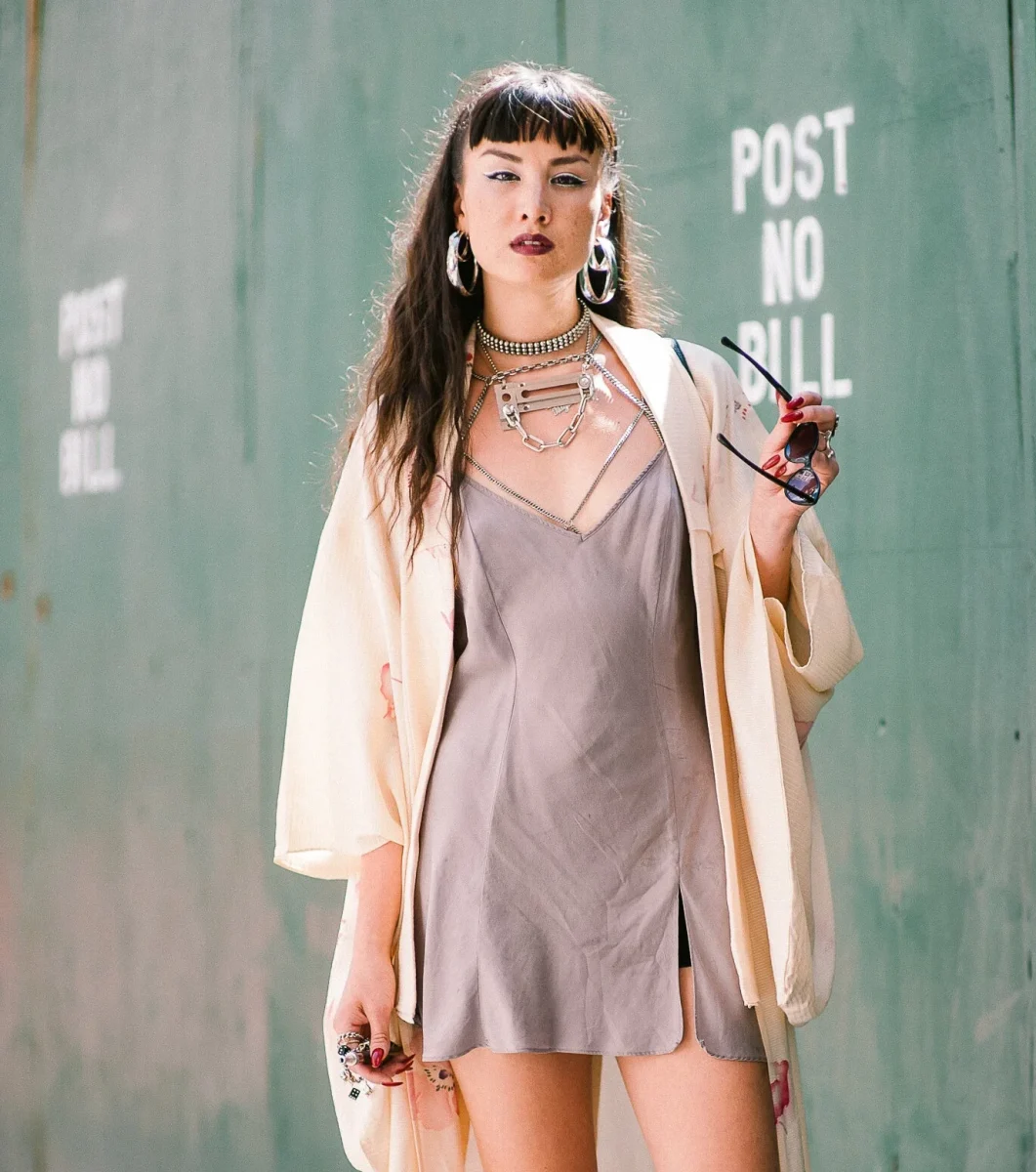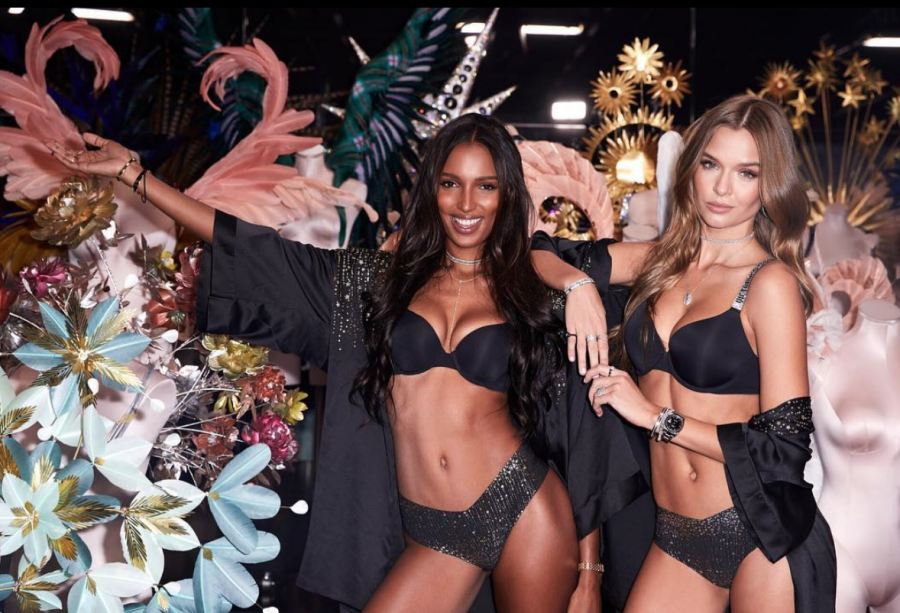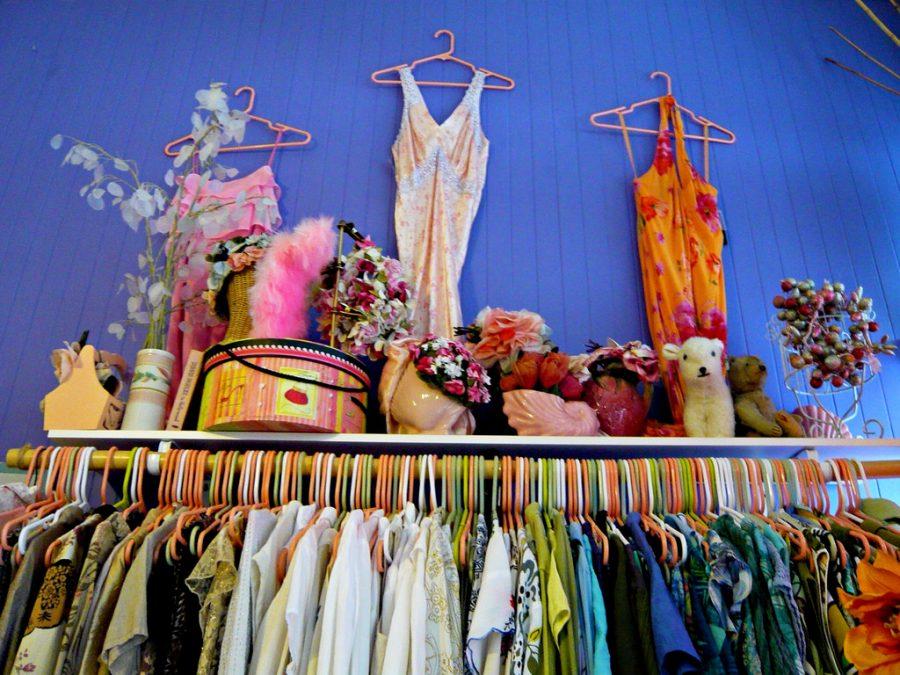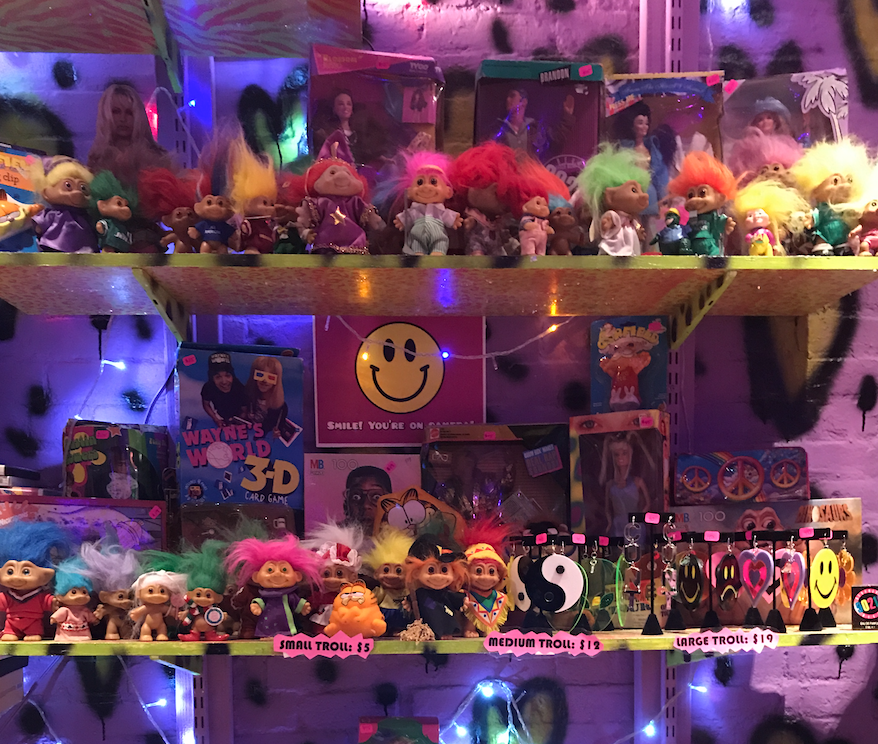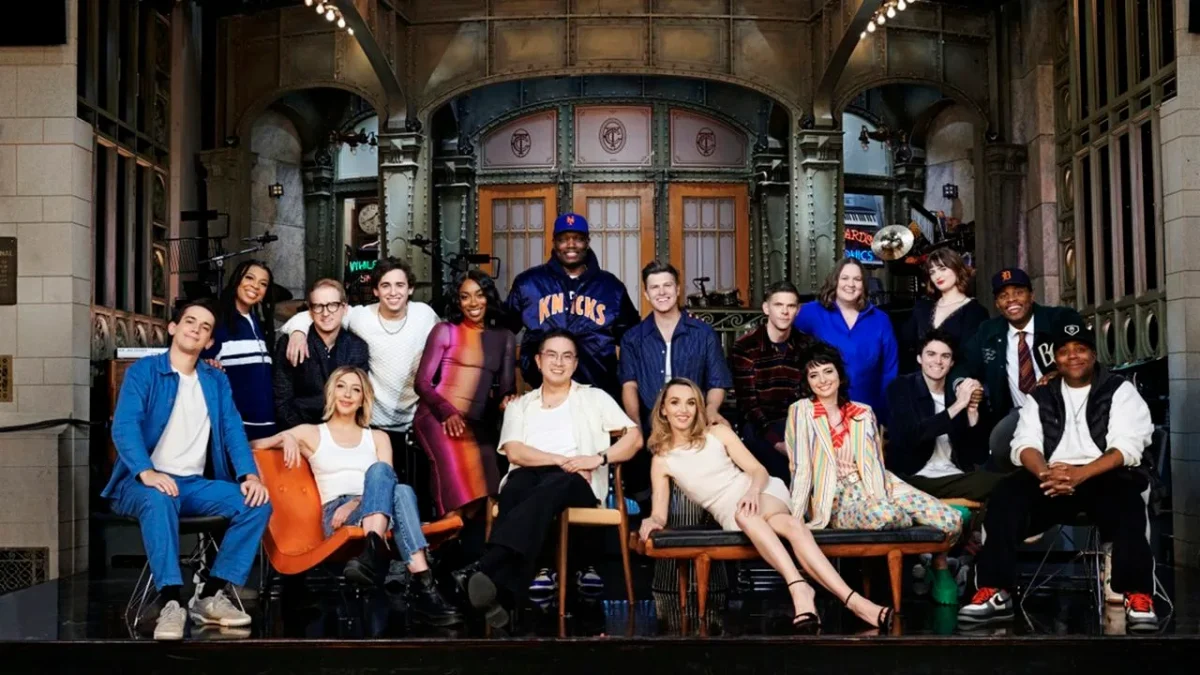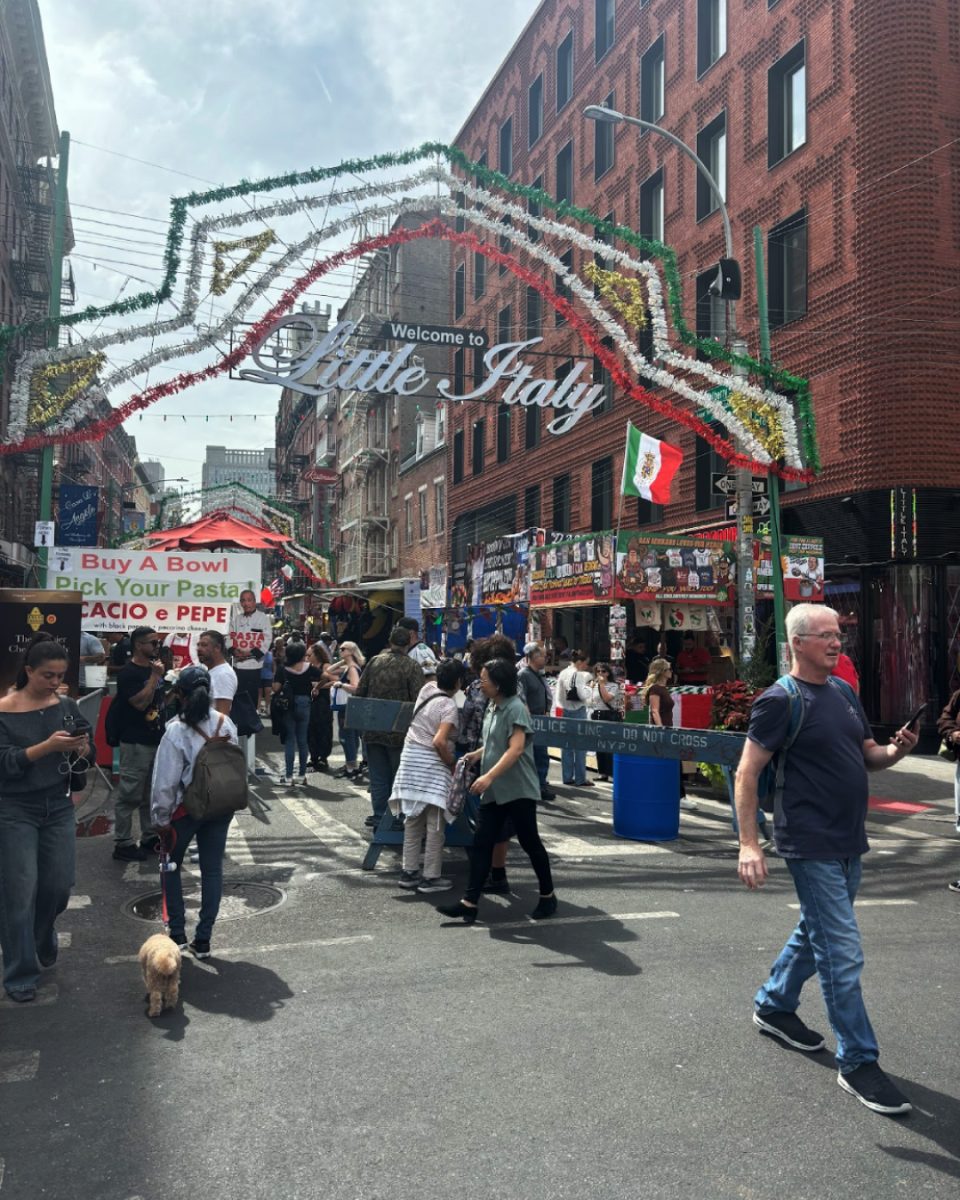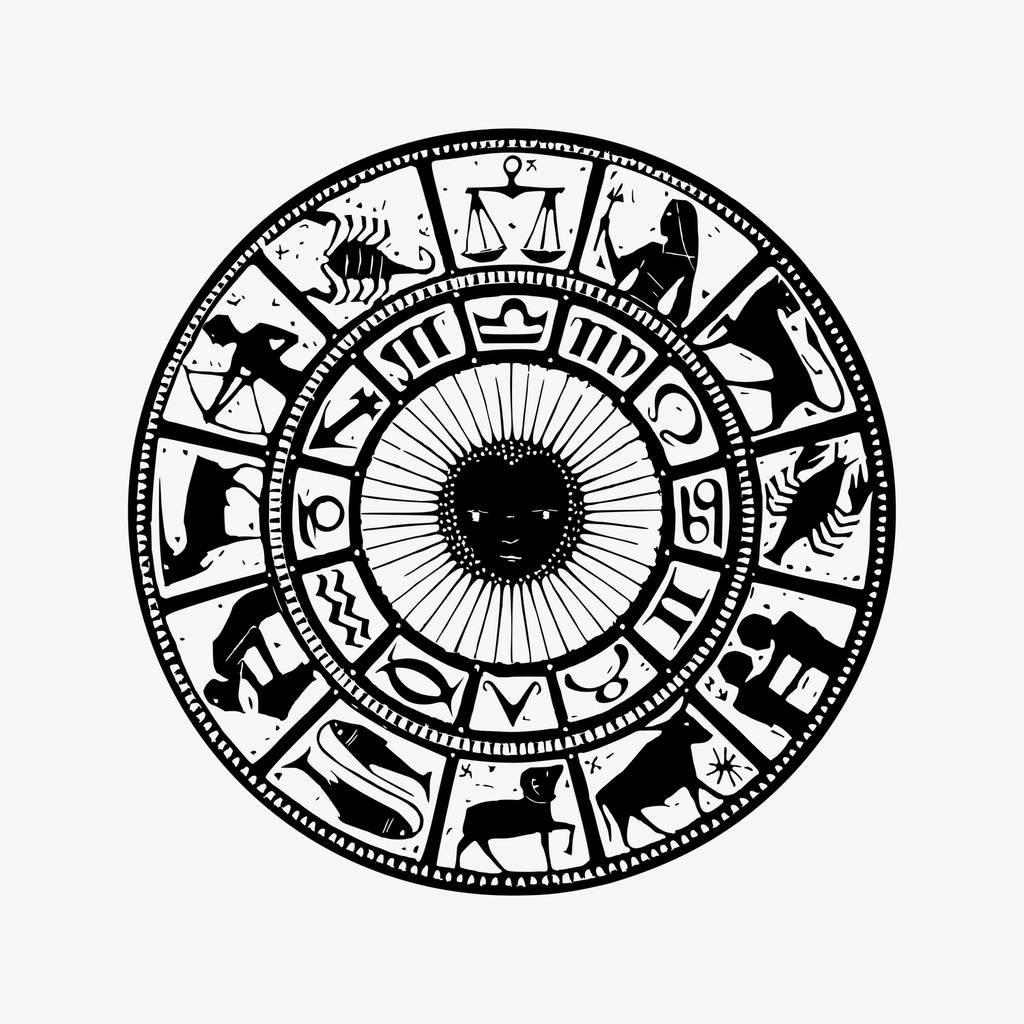It was an indie sleaze summer. Now, we are entering a dark academia fall, and by spring, many hope to finish the school year off in a clean girl era. Scroll fast enough and it can be difficult to tell when one trend ends and another begins.
In the world of fast cycling trends, amplified by TikTok and Instagram, people shed the skin of one aesthetic and adopt another just in time for retailers to catch up. In today’s digital culture, it can be hard to be authentic in an age where every version of yourself is on display. Fashion identity is no longer built from magazine clippings from Vogue or Tiger Beat but instead archived, timestamped and documented in real time.
Finding your own personal style is no longer a private phase, it is a public record of identity and the ever-fluctuating self in motion. The endless cycle of shuffling through aesthetics at breakneck speed reflects a generational search for authenticity in such a hyperconnected culture.
Fashion has historically been a guide to self-discovery and identity, but in the digital era, it reveals more than just what’s trending. It speaks to a very public exhibition of this generation’s ongoing struggle with identity. For today’s students, style exists as an online collection defined by creativity, self-expression and fluidity.
The meaning of authenticity today in fashion, identity and digital culture is shifting from the depiction of “true self” to a celebration of constant reinvention. This has opened a world of sharing fashion experiments at a rapid pace, blurring the line between performance and reality
“It’s about dressing up for yourself and not for others,” Emily Gorman, a University senior, said. Gorman explained that authenticity means showing your personality regardless of what others think.
Other students echoed this idea, noting that authenticity is no longer rooted in consistency but in the confidence to change, regardless of the audience. Although the speed of trends and permanence of digital expression can feel performative and overwhelming, students see reinvention as a form of freedom. Shifting aesthetics is not an abandonment of authenticity but rather an expansion that allows space for multiple forms of self.
Emilia Valencia, a University senior, said that choosing outfits can feel like storytelling. “When I am picking out outfits I like to think about if I was a character on a TV show. I would want to have a style that makes me stand out and not be just like any other character in the background,” Valencia said.
Fashion identity in digital culture has become about crafting a distinctive narrative and finding comfort in experimentation. For some, however, the rapid pace of social media trends can feel like a constant push to keep up with ever-changing aesthetics.
“It’s exhausting to go online and see what’s the newest it-girl bag, or what’s the shoe everyone needs to be wearing this fall,” one student said. Every latest look that catches wind online creates pressure to spend money and drives fashion further away from being an outlet and closer to an obligation.
Dr. Emilie Zaslow, professor and Chair of Communication and Media Studies, explained that content creators are often mistaken for authentic voices of self-expression when they are sometimes compensated for advertising.
“Consumers are no longer always looking at these posts with skepticism and may see them as explorations of identity when they are in fact advertisements in disguise,” Zaslow said.
In this way, consumer culture seeps into students’ lives by linking self-expression to purchasing power. The cycle of reinvention tied to constant shopping can make trends feel unsustainable.
“A lot of people care too much about being on trend and buying trendy pieces, but I want it to last, I don’t want to keep buying clothes,” Gorman explained.
Aesthetics come and go at a hypnotizing rate, but students are hesitant to be swept away. Many are rewriting what it means to be authentic amid consumer culture and confusing microtrends. They counter the exhausting effects of mass consumption by experimenting with different versions of themselves, regardless of fear of digital permanence. Identity and self-expression are not diminished by change but are expanded through reinvention. Instead of being pulled by the algorithm, students are finding ways to curate their fashion intentionally.
Savannah Griffin, a university junior, described authenticity as finding “things you like versus what other people will like on you.” While trends cycle endlessly at impossible speeds, students are committed to shaping authenticity on their own terms.
Trends and reinvention do not erase authenticity, they challenge it to endure the never-ending cycle of fashion.

